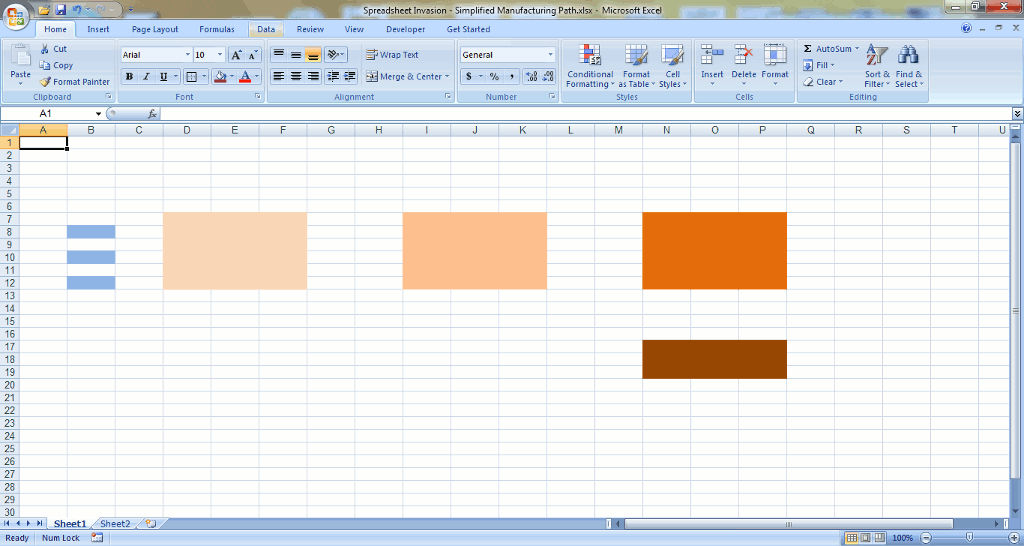Originally posted Oct 4, 2013 on an internal 3M blog by “HC” a 3M-DS106 Salon member
From Academia to Industry, from Bench to the Plant. (3M-DS106 Repost)This week one of my friends from Australia finally landed an industry position in the US after many years. He did his masters degree where I was doing my postdoctoral research and that was when our path first crossed. He later moved interstate to another university to do his doctorate (when I started working at 3M). He finished his research and then went to Virginia Commonwealth University for his postdoctoral research. As his project is winding down, he asked if 3M was hiring any inhalation scientists and at that time, we unfortunately weren’t. Found out this week that he got into PPD (Pharmaceutical Product Development) in Middleton, Wisconsin and one of his first comments was that “Industry is so different from Academia!” I agree with that statement, and now that I have about the same experience in industry (5 years at 3M vs 4 years as a research only academic) I see some similarities and a lot of differences. Some people prefer the deep understanding that being in academia can get you while some prefer taking that knowledge and commercialise into products. Academics live off grants (unless they get tenure, but even then, grants are still good), while in industry we use internal grants to fund research/development on projects that interest us and could lead to success for the business and company. There are plenty of articles comparing the two ‘worlds’ and I probably won’t add too much wisdom to that body of work. Having said that, one thing that my academia friends might not get to see is the manufacturing plants (or even those friends in Silicone Valley). It is a complex facility that also require ‘magic’ to get products out. This is where 3M also excels in, taking development from the bench and scaling it up in manufacturing. Currently I am working through scale-up of one of the products that I am the project lead on and looking at the manufacturing path on how we can make the products. We typically draw a schematic of the process flow but what if we can animate it to understand the flow better? One of the DS106 assignments had a topic that is “Spreadsheet Invasion“, where you use a spreadsheet (in this case, Microsoft Excel) to do your animation on. I decided to do a rough schematic that is kind of realistic (probably 80 % close) but not exactly the process I am using.. This shows how complex the manufacturing process can be, with multiple inputs at different site locations. It is also something we like to show how much work our Product Engineers do such that the end user does not notice any change in performance of the final product – that particular information has been animated using PowerPoint in a presentation and will not be shown here as it does show real actual manufacturing processes and the number of input materials as well as test standards to maintain. Do most people know how complex manufacturing can be when they were still studying? —- Animated GIF notes:
|



#ds106 Spreadsheet Invasion in 3M-DS106 Salon. Reposting “HC”s process mfg schematic. @cogdog @GoodmanSeth @mdvfunes http://t.co/YUxdWhhZwn
how cool! I am going to try spreadsheet gifing…on my (very long) DS106 list….